Delving into a destination’s history is one of the major joys of travel. It would be impossible to explore somewhere new without encountering vestiges of its (sometimes storied) past. Understanding how a place has evolved is often as intriguing as charting new territory, proving that holidays can be as informative as they are fun and as enlightening as they are enjoyable. If you share our view that travel is the ultimate form of education, trade the classroom for the Colosseum, swap your encyclopedia for Easter Island or opt for the Alhambra over a lecture hall. Allow our travel experts to add some of the best historic places to visit to your itinerary and return home inspired, informed and eager for more.
- The Acropolis of Athens, Greece
- Petra, Jordan
- Easter Island, Chile
- The Colosseum, Italy
- Tikal, Guatemala
- Alhambra, Spain
- Borobudur Temple Compounds, Indonesia
The Acropolis of Athens, Greece
Perched on a rocky outcrop overlooking the sprawling metropolis of Athens, the Acropolis comprises numerous architecturally and historically significant building remains. On-site artefacts indicate a human presence as early as the sixth century BC, making it a worthy contender for one of the best historic places to visit in the world. The Parthenon – a temple dedicated to the goddess Athena – is perhaps the most famous edifice, and the ancient citadel has withstood multiple destruction attempts, including invasion, bombardments and earthquakes.
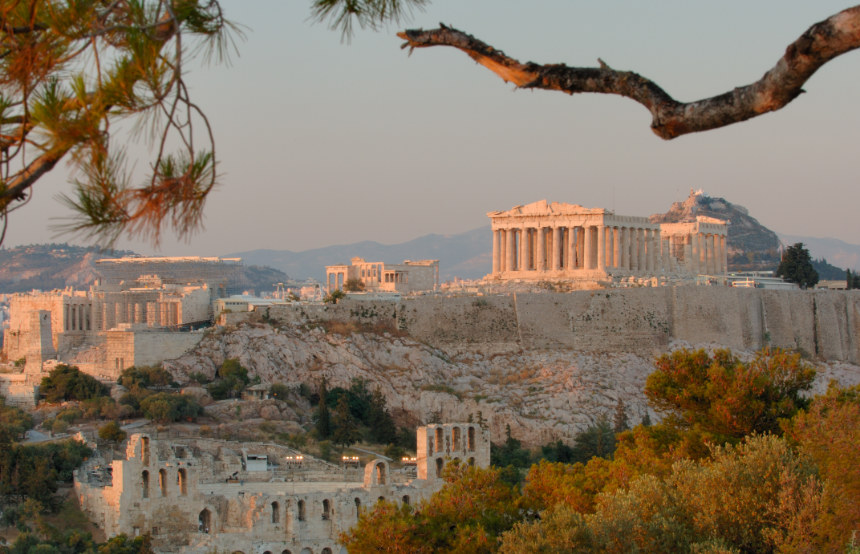
Petra, Jordan
Jordan is jam-packed with historical sites and archaeological treasures, making it a dream destination for historophiles. Established in 312 BC, Petra is one of the oldest cities in the world and is often referred to as the ‘Lost City’, owing to the fact that it lay uninhabited for over five centuries. Structures are half-built, half-chiselled into the surrounding sandstone cliffs and their pink hue has also earned it the rather romantic moniker of the ‘Rose City’. Its striking centrepiece is the 147ft-high Al Khazneh, a temple with a Greek-style façade, and during its heyday, the city was home to 250,000 people.
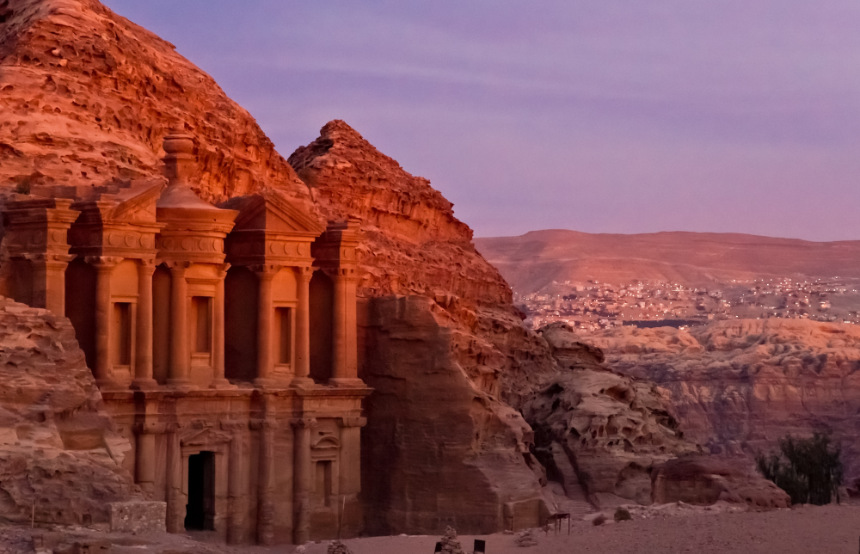
Easter Island, Chile
A speck of volcanic rock cast adrift in the middle of the South Pacific Ocean, Easter Island (or Rapa Nui by its native name) is steeped in fascinating culture and history. Technically a Chilean territory, the island lies 2,000 miles away from the mainland and is reached via a five-hour flight from Santiago. The widely-recognised monolithic statues of the Maoi emerging from the landscape are its most distinctive feature, dating back almost 1,000 years. Archaeologists speculate that the sculptures may represent the ancestors of the Rapa Nui people, and it’s unknown exactly how many exist across the entire island (although estimates sit around 900).
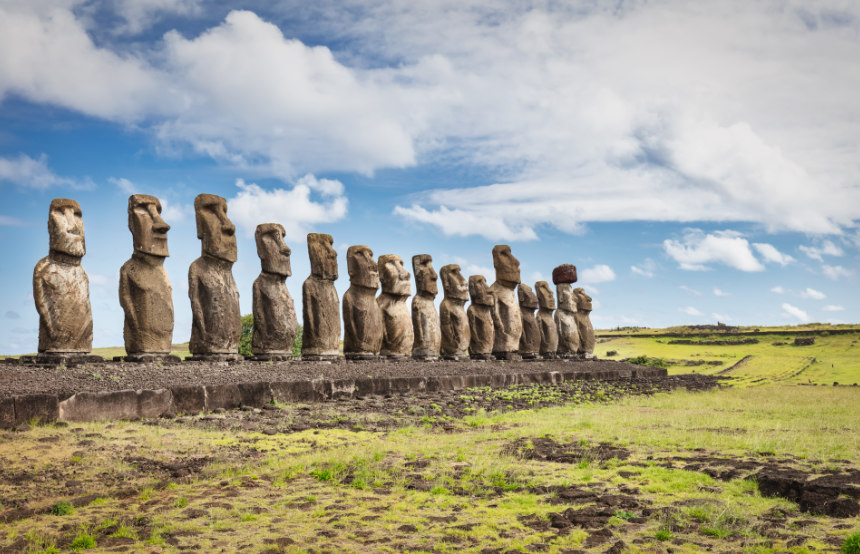
The Colosseum, Italy
The significance of ancient Roman civilisation cannot be overstated, with the vast and powerful Roman Empire giving rise to a number of religious, cultural, technological and legal developments which still influence the world today. As the world’s largest standing amphitheatre, Rome’s Colosseum is an iconic symbol of these enduring advancements and undoubtedly one of the best historic places to visit. Its construction began during emperor Vespasian’s reign in 72 AD and was completed under the instruction of his successor, Titus, in 80 AD. Now listed as one of the New Seven Wonders of the World, it was initially used for gladiatorial contests and public entertainment, including mock battles and animal hunts.
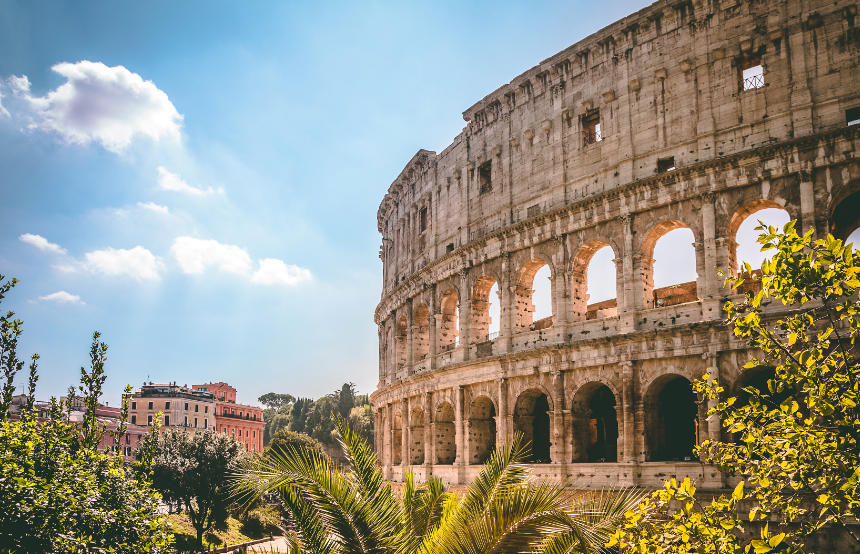
Tikal, Guatemala
A complex of Mayan ruins buried deep in the Guatemalan rainforest, Tikal was once a pre-Columbian settlement by the name of ‘Yax Mutal’ and was thought to be a prominent city during the Classic Period (200-900 AD). Part of the compound remains unexcavated, yet there are still a staggering 3,000 temples, shrines and ceremonial structures within the site, including the Lost World (Mundo Perdido) Pyramid and the Temple of the Grand Jaguar. Spend the night in the surrounding Tikal National Park to experience it without the crowds and see the sunrise emerging from behind the ruins.
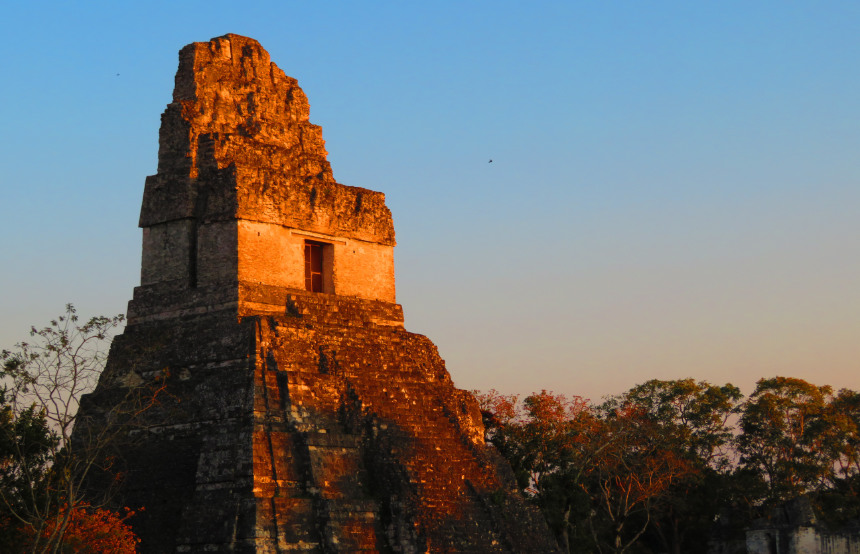
Alhambra, Granada
Part palace, part fortress, the Alhambra in Granada is believed to be built upon ancient Roman ruins, which only adds to its already impressive credential as one of our top historic places to visit in the world. Tucked away among Granada’s bucolic hills on the Costa del Sol, the complex is heralded as an outstanding example of Moorish design and Islamic architecture. Dating back to the 13th century, much of its history still remains mysterious. The intricately decorated buildings are ringed by immaculately manicured gardens, so it’s easy to see why the Alhambra constantly tops lists of Spain’s best attractions.
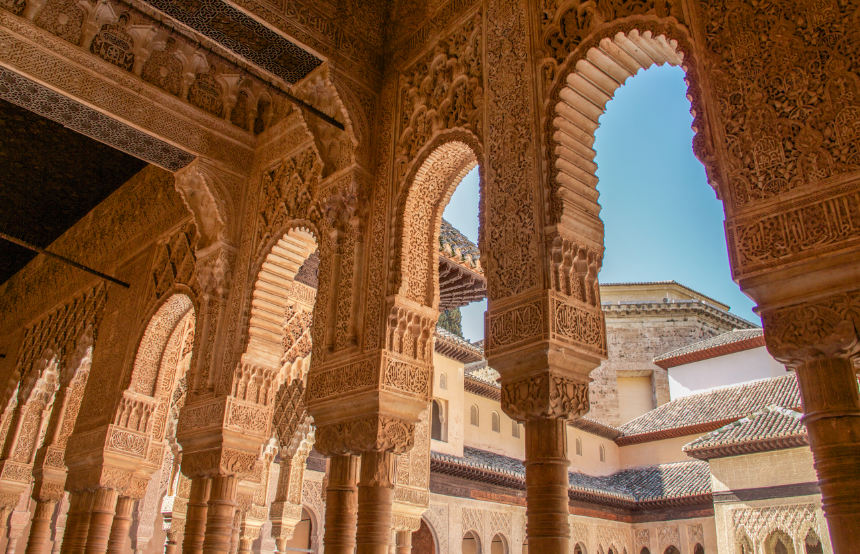
Borobudur Temple, Indonesia
Situated on the Indonesian island of Java, Borobudur is the world’s largest Buddhist monument, ranking alongside Cambodia’s Angkor Wat and Myanmar’s Bagan as a stand-out historical site in Southeast Asia. The temple dates from the eighth and ninth centuries and comprises over two million stone blocks, 72 openwork stupas and 504 Buddha statues, sprawled across an astonishing 27,000 square feet. Ringed by traditional rice-growing kampungs (villages), volcanic peaks and emerald-green paddy fields, the region offers a pleasing antithesis to Indonesia’s bustling urban areas.
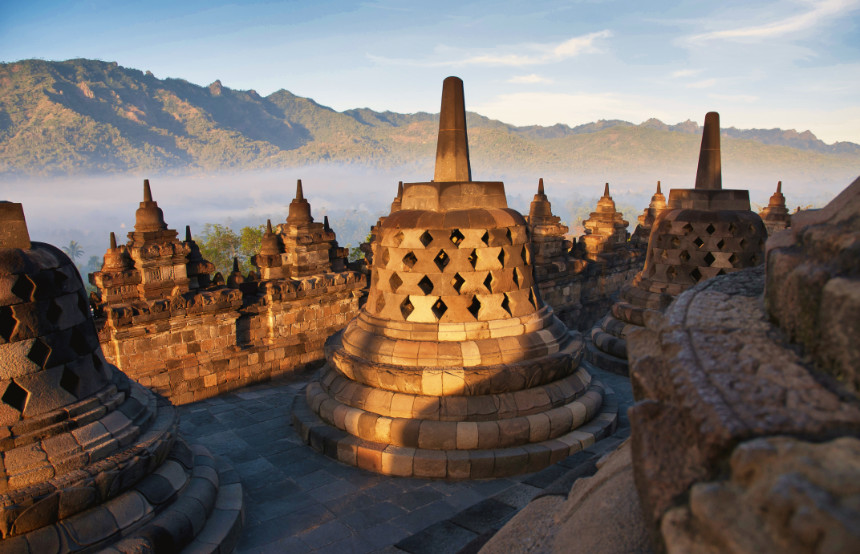
Written by Luisa Watts













